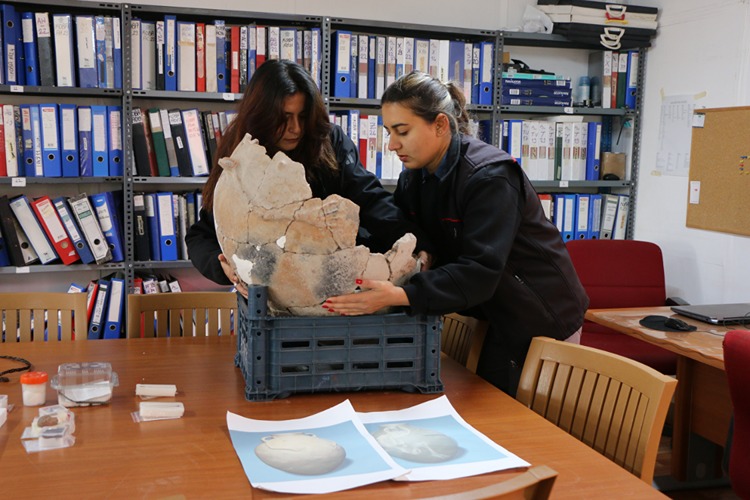
A 5,000-Year-Old Pithos Grave in Küllüoba Reveals a Hand Relief with a Missing Finger — A Possible Symbol of Mourning
Archaeologists working at Küllüoba Mound in Türkiye’s Eskişehir province have uncovered a striking find that sheds light on the emotional world of Early Bronze Age communities. A 5,000-year-old pithos grave (burial jar) features a hand relief with one finger missing — a detail researchers believe may symbolize an ancient expression of grief or mourning.
The excavations are led by Professor Murat Türkteki of Bilecik Şeyh Edebali University, under the supervision of the General Directorate of Cultural Heritage and Museums. The site, located about 15 kilometers northeast of Seyitgazi, was continuously inhabited for over 1,250 years, offering one of the clearest records of early settled life in Western Anatolia.
Burials symbolizing the womb
According to Prof. Türkteki, pithos burials — large jar-like vessels — were not arbitrary containers but deeply symbolic.
“The pithoi represent the mother’s womb,” he explains. “Bodies were placed inside in a fetal position, suggesting the idea of rebirth after death.”
This symbolic view connects life and death through the concept of return to the womb — a belief that appears to have endured across generations.
📣 Our WhatsApp channel is now LIVE! Stay up-to-date with the latest news and updates, just click here to follow us on WhatsApp and never miss a thing!!
The missing finger: a silent sign of loss
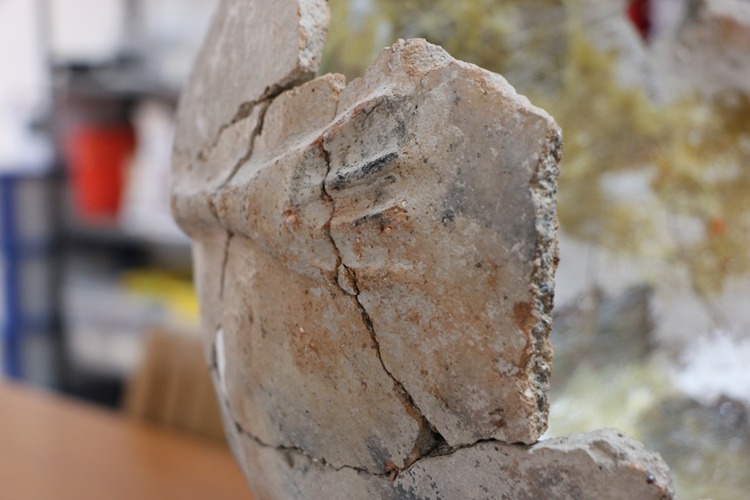
The pithos recently unearthed from Küllüoba is unique in Anatolia. On its surface, archaeologists identified a hand motif carved in relief, but with only four fingers instead of five.
“Intentional removal or omission of a limb can, in some cultures, represent grief or self-sacrifice,” says Türkteki. “This gesture might have been an ancient response to loss — perhaps a mother mourning her child.”
A child’s burial
Inside the jar, archaeologists found the remains of a five-year-old child. The symbolic positioning of the hand motif, coupled with the missing finger, strengthens the interpretation that the vessel served not just as a burial container, but as a ritual object expressing sorrow.
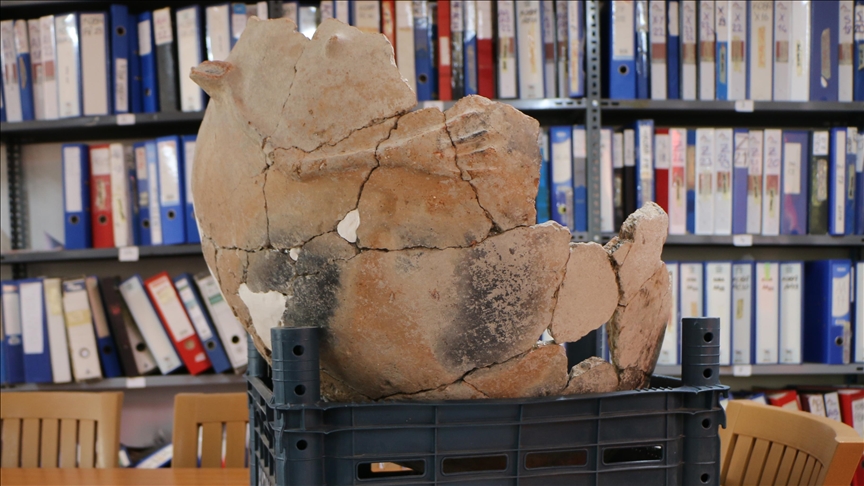
Although hand reliefs are known from various prehistoric contexts, Türkteki notes that none have previously been found on burial jars in Anatolia — making this discovery the first known example of its kind.
Küllüoba: a long-lived Bronze Age settlement
Küllüoba is among the most significant Early Bronze Age sites in Western Anatolia. Occupied from roughly 3000 to 1750 BCE, the mound provides invaluable insights into the development of early urbanization, social stratification, and funerary practices in prehistoric Türkiye.
Archaeologists carefully examining the restored 5,000-year-old pithos grave from Küllüoba Mound in Eskişehir. The jar bears a rare hand relief with a missing finger. (Photo: Zehra Ongan / AA)
You may also like
- A 1700-year-old statue of Pan unearthed during the excavations at Polyeuktos in İstanbul
- The granary was found in the ancient city of Sebaste, founded by the first Roman emperor Augustus
- Donalar Kale Kapı Rock Tomb or Donalar Rock Tomb
- Theater emerges as works continue in ancient city of Perinthos
- Urartian King Argishti’s bronze shield revealed the name of an unknown country
- The religious center of Lycia, the ancient city of Letoon
- Who were the Luwians?
- A new study brings a fresh perspective on the Anatolian origin of the Indo-European languages
- Perhaps the oldest thermal treatment center in the world, which has been in continuous use for 2000 years -Basilica Therma Roman Bath or King’s Daughter-
- The largest synagogue of the ancient world, located in the ancient city of Sardis, is being restored



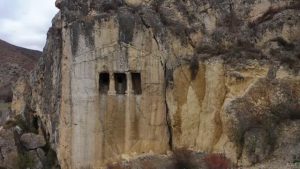

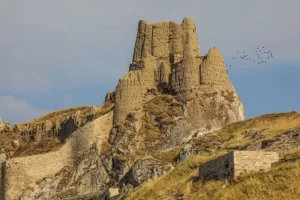
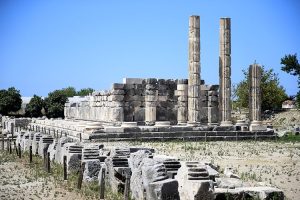



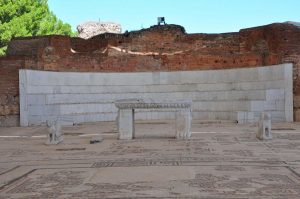
Leave a Reply